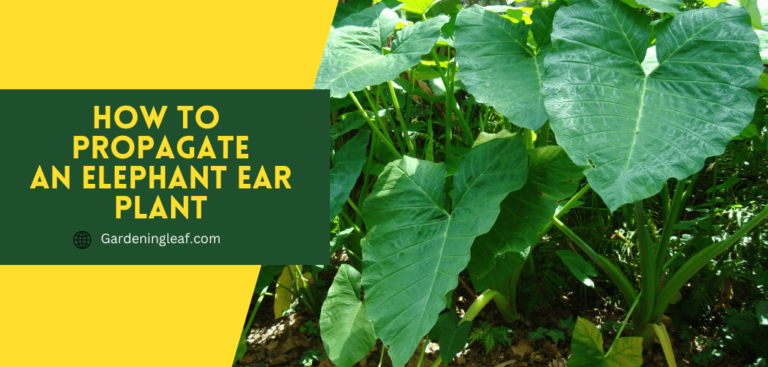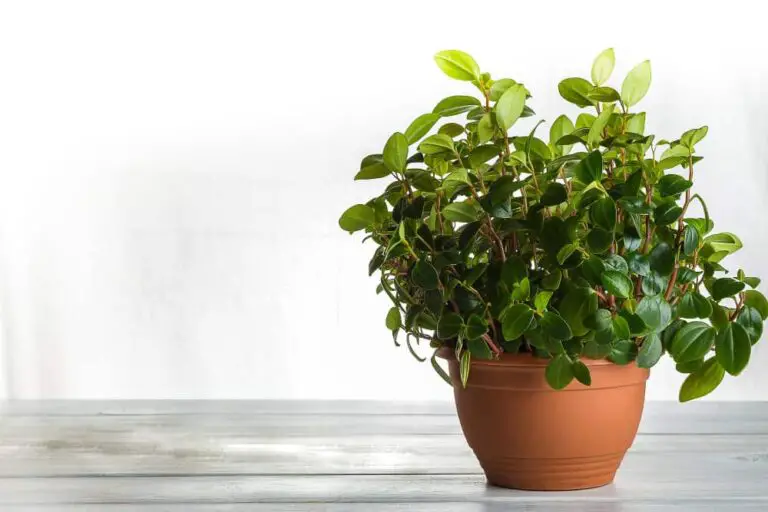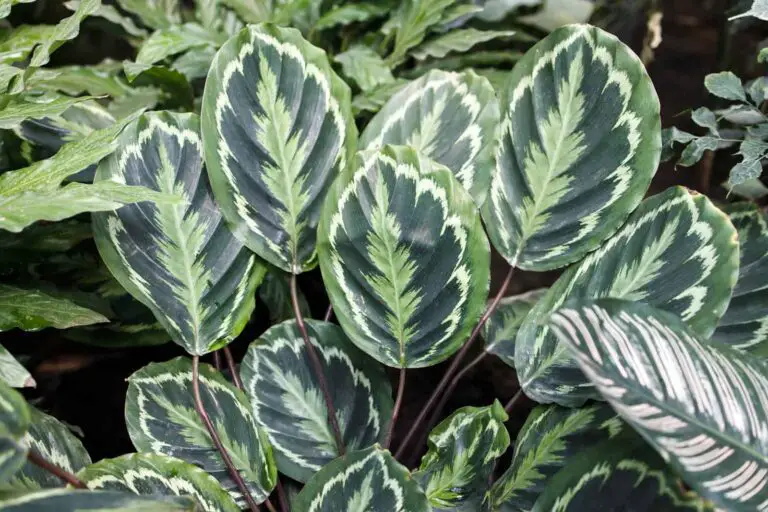How Can you propagate cilantro: Tips and Tricks
Cilantro is a popular herb used in many dishes around the world. It has a distinct flavor and aroma to improve the taste of your favorite meals. It’s very popular use in Indian cuisine over the century. But the best part is you can also propagate it in your with very much gardening knowledge. It’s very easy to grow herbs. Just follow our tips on How can you propagate cilantro.
How Can you propagate cilantro?
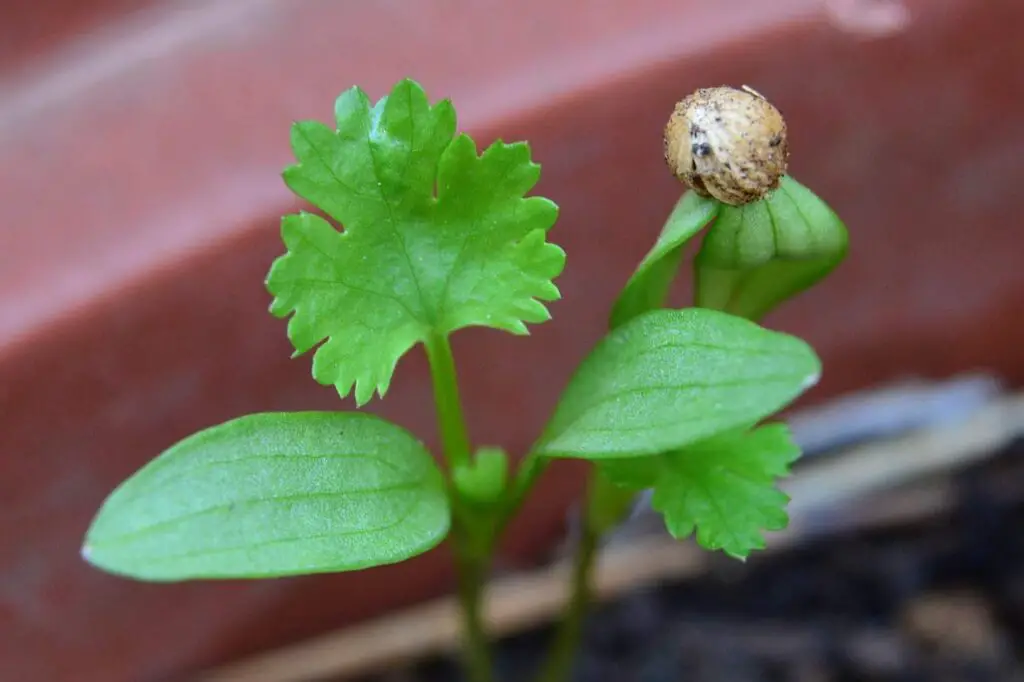
To propagate cilantro successfully, provide the plant with the right growing conditions. Such as indirect sunlight, well-draining garden soil, and adequate water is important. Lower leaves should be removed to promote new growth. And the plant should be fertilized with manure or compost.
The best time to propagate cilantro is during the growing season, which falls between spring and fall. Fresh leaves can be harvested in your favorite recipes as the plant grows.
Seed Propagation
You may want to try growing from seeds if you love cilantro. Seed propagation is a great way to start your cilantro garden, and it’s not as difficult as you might think.
Cilantro grows best in soil with good drainage and a pH of 6.0 to 7.0. Remove any weeds and trash from the soil before planting. You may also use compost or organic materials to enhance the soil’s quality. Cilantro does not like heavy soil, so make sure the soil is loose and fluffy.
A step-by-step guide to planting cilantro seeds
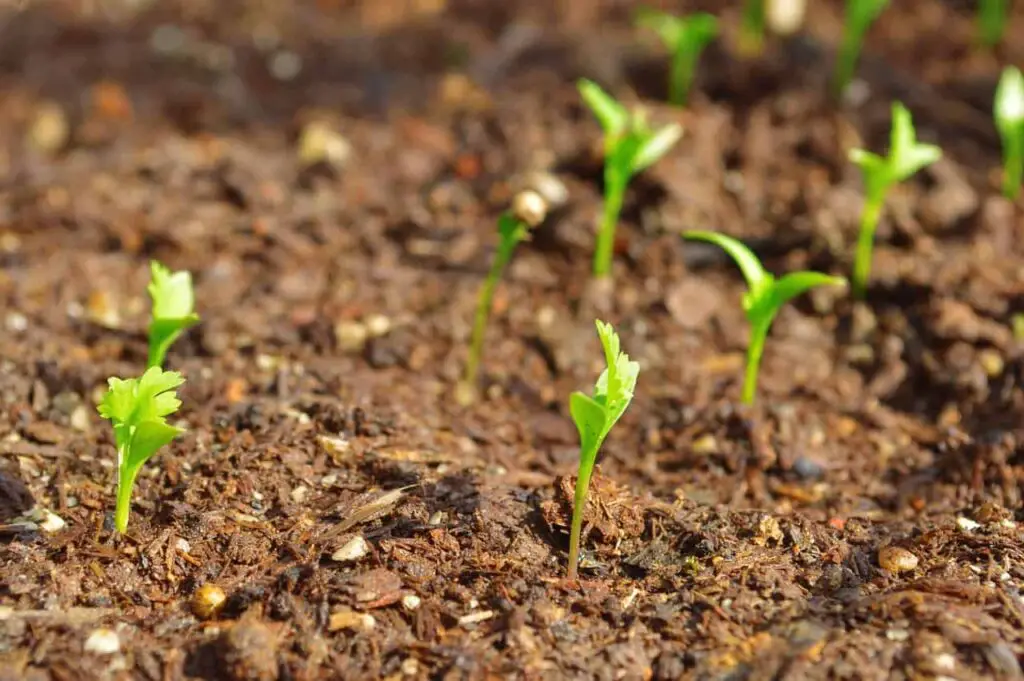
- Choose a spot with plenty of sunlight and well-draining soil.
- Sow the seeds in shallow rows, ensuring they are no deeper than ¼ inch below the soil surface.
- Put the seeds about 5 cm away from one another.
- After planting the seeds, gently push down on a thin soil layer to secure them.
- Wet the soil lightly. Overwatering can cause flooding.
- Retain moisture until the seeds germinate, usually 7-10 days.
- To allow seedlings room to grow, spread them to 6 inches apart at 2 inches tall..
Tips for caring for cilantro seedlings
For optimal growth of cilantro seedlings, it is important to water them regularly. Avoiding overwatering. Keep the soil wet but not wet. It is worth noting that cilantro thrives in cooler temperatures, so maintaining soil and air temperatures between 60°F and 75°F is recommended.
It is best to avoid exposing cilantro to excessively hot weather to prevent premature bolting and seeding. Furthermore, while cilantro does not require a significant amount of fertilizer, a monthly application of balanced fertilizer can aid in promoting healthy growth.
Stem Propagation:
Stem propagation involves taking cuttings from a healthy cilantro plant. And allowing them to root, and planting them in garden soil or small pots. Coriander seed propagation involves planting the seeds in garden soil during the growing season. And providing them with adequate water and indirect sunlight.
A step-by-step guide to stem propagation
- Choose a cilantro plant with strong stems and lush leaves.
- Prepare clean scissors or pruning shears.
- Select a stem at least 4 inches long with leaves at the top.
- Cut the stem about an inch below the leaf level using shears or scissors designed for pruning.
- Remove the leaves from the bottom two inches of the stem, leaving only a couple at the top of the plant.
- Fill a small container with a well-drained soil mix and water.
- Create a small hole in the potting mix and place the stem into the hole ensuring the leaves are not touching the soil.
- Secure the stem in the potting mix by firmly pressing the mix around the base of the stem.
- Water the cutting gently and avoid overwatering.
- To help the cutting root faster, create a humid environment by covering the container with a plastic bag or wrap.
- Place the container in a sunny yet shaded area.
- Inspect the cutting often and mist it if it seems dry.
- After 2-3 weeks, gently tug on the stem to test whether it has rooted. The cutting has roots if it resists. Give it more light and less water.
- After 4-6 weeks, the cutting should have developed a healthy root system.
Tips for caring for stem-propagated cilantro plants
Don’t overwater. If the soil is excessively damp, It might develop root rot. Apply A balanced fertilizer once every two to four weeks.
To get fresh cilantro, make sure to harvest it regularly. It helps To promote fuller growth, pinch off the topmost leaves rather than letting the plant grow tall and thin. This method will give in a far more abundant crop.
If its bolts, it becomes bitter and less test delicious. Keep it cool and sheltered to avoid bolting.
Water Propagation

Water propagation from root cuttings in water is an easy way to propagate. Water propagation involves placing cilantro stems in water. And waiting for new growth to sprout before planting in garden soil or small pots.
Water propagation is not only simple and cost-effective but also does not require any specialized tools. Below we will discuss how to grow cilantro from cuttings in water.
A step-by-step guide to water propagation
- Choose a healthy cilantro plant, then trim a stem to a length of between 4-6 inches long.
- Remove any foliage that will become submerged.
- Place the cutting in a clean water container, ensuring that the underside of the stem is completely submerged.
- Place the jar in a well-lit area away from full sun light.
- Every few days, replace the water and cleanse the stem before returning it to the container.
- After several weeks, roots should begin to emerge. Plant the cutting when the roots reach 1 inch.
Tips for caring for water-propagated cilantro plants
To ensure the healthy growth of cilantro leaves, it is important to maintain moist soil without overwatering. Choosing a well-draining pot with drainage holes is recommended. Applying balanced fertilizer every 2-4 weeks can also help. Regularly harvesting the leaves can promote new plant growth. Removing the flowers can encourage more leaf growth if the plant begins to flower.
Common Problems When Propagating Cilantro

1. Slow Germination: seeds normally germinate within 2-3 weeks. For the best results, soak the seeds overnight.
2. Bolting: Cilantro often bolts, which can negatively affect its growth and flavor when it begins to flower and produce seeds. To avoid this problem, it’s best to plant in an area with partial shade and consistently moist soil.
3. Pests and Diseases: Cilantro is susceptible to aphids and powdery mildew. To prevent pest and disease problems, ensure you are planting in well-draining soil and avoid overcrowding the plants. Use organic pesticides and fungicides if needed.
4. Transplant Shock: It can experience transplant shock when moving from a pot to the ground or from one spot to another. To prevent transplant shock. Water the plant before and after transplanting. Don’t transplant in the hot weather.
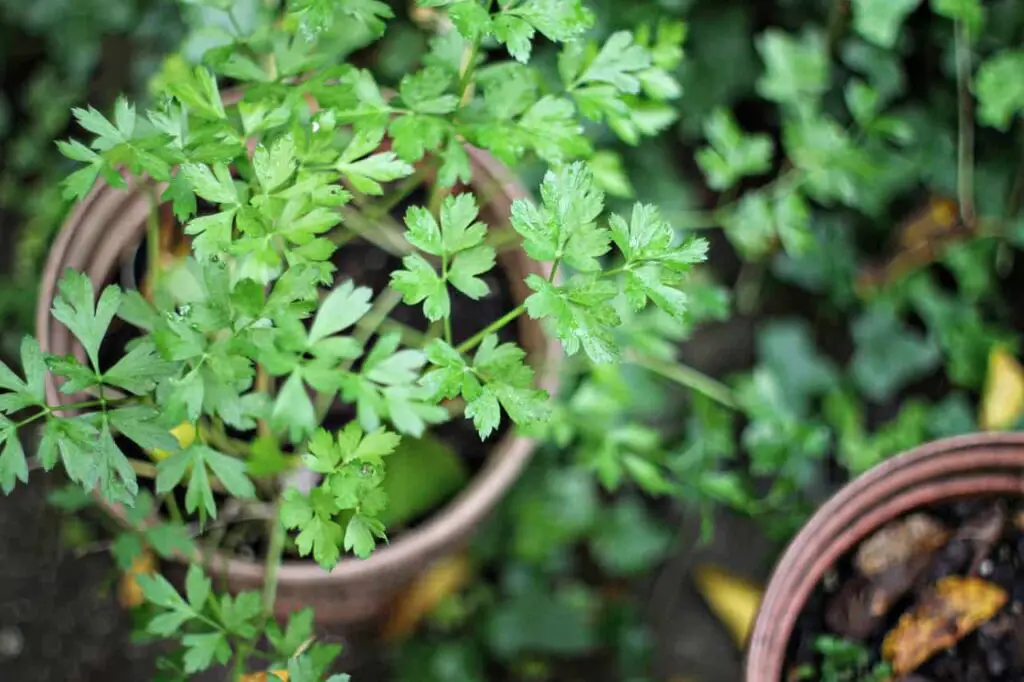
5. Poor soil quality: It prefers well-draining soil rich in organic matter. Add Compost or other organic materials. It improves hard, compacted soil.
6. Overwatering: Cilantro does not like to be overwatered. Soil should drain well. Dry the soil between waterings.
Understanding these typical issues and preventing or resolving them. Cilantro may be grown for its fresh, fragrant taste.
FAQs
Can you propagate cilantro from grocery store herbs?
Yes, you can propagate cilantro from grocery store herbs.
Can you propagate cilantro from mature plants?
Yes, cilantro can be propagated from mature plants. Collect cilantro seeds from the mature plant, dry them out, and then sow them in the potting soil. Or, you can also take stem cuttings from the mature plant and root them in water or soil. These cilantro cutting will develop into new plants with proper care and attention.
Can you use fungicides on cilantro?
Yes, fungicides can be used on cilantro to treat fungal infections such as leaf spots or powdery mildew. However, it is important to use a fungicide labeled for herb garden and vegetables and follow the instructions carefully.
Conclusion
Propagation will supply fresh herbs for your patio, garden, or indoor space. Whether you’ve got a knack for the green stuff or never touched a plant. If you follow the above tips, now you understand How Can you propagate cilantro.
So Why not try growing your cilantro to enhance the flavor? You may even want to experiment with propagating parsley, basil, rosemary, or other herbs.



